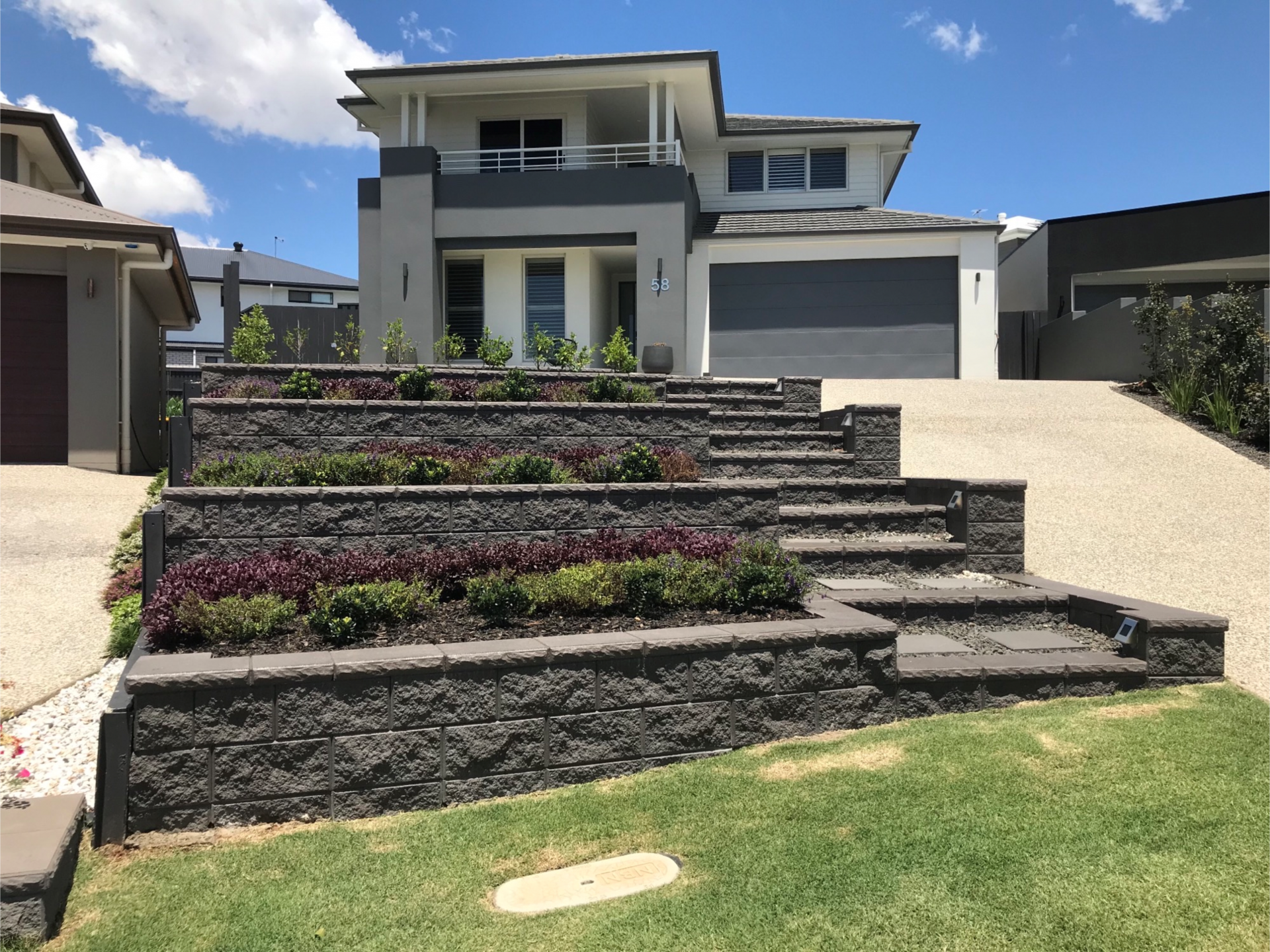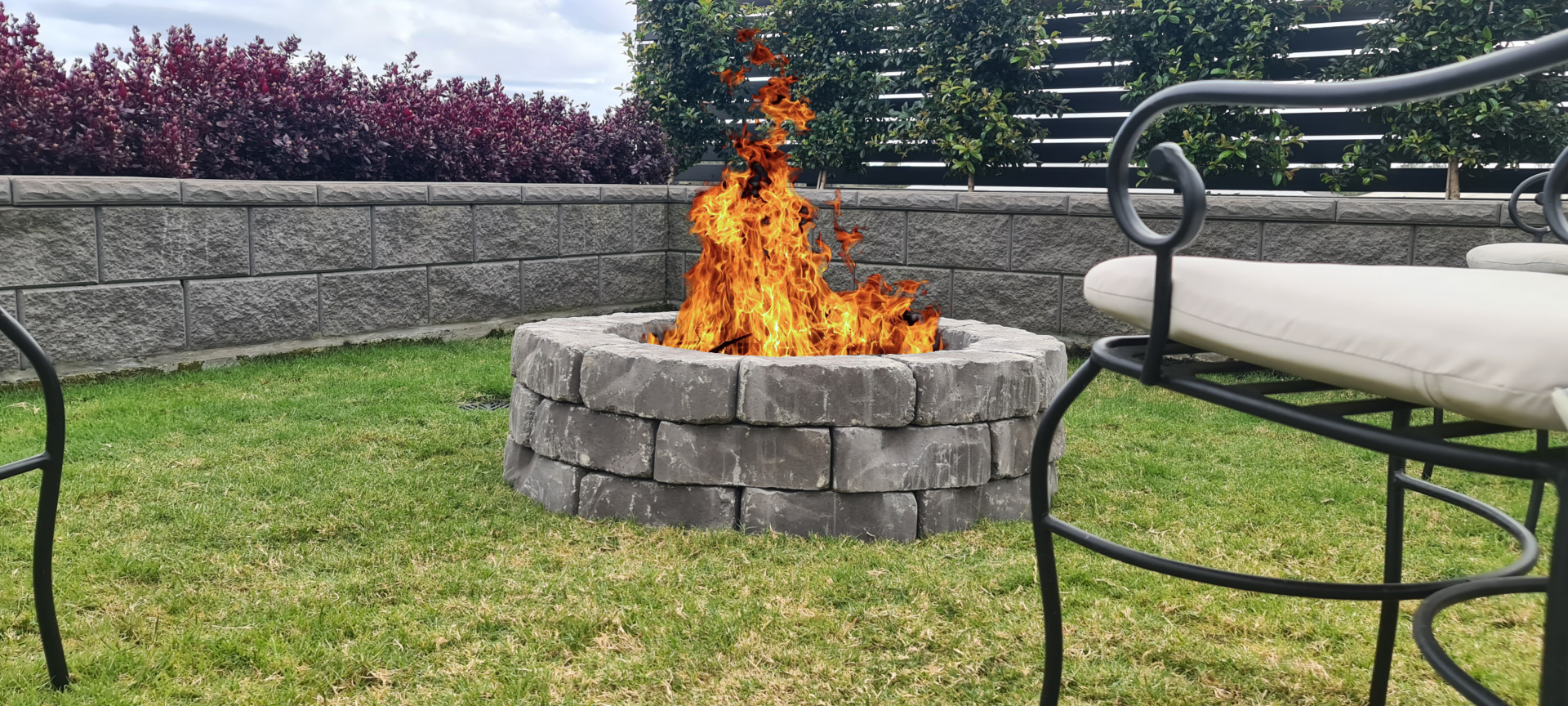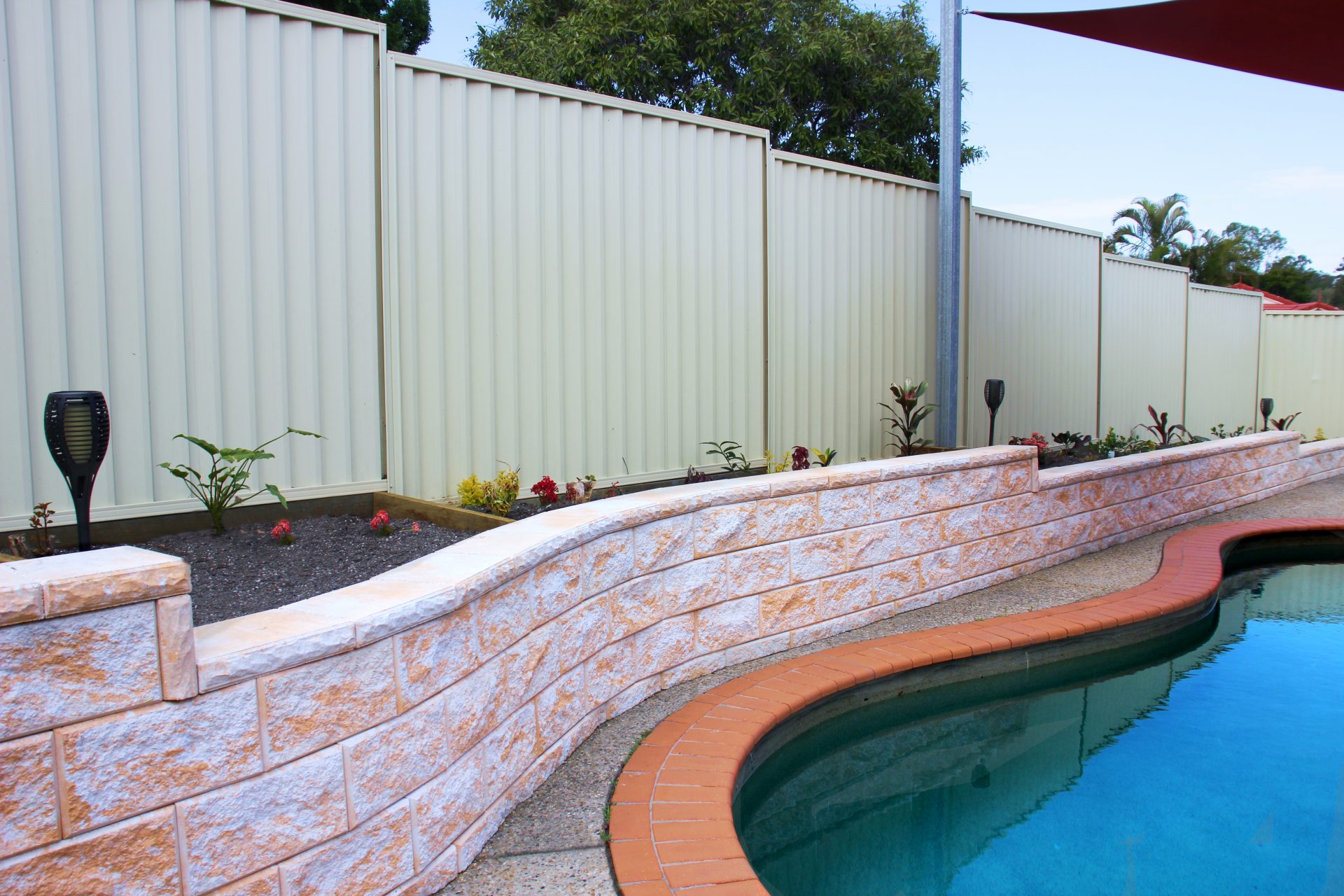Masonry products, such as bricks and architectural coloured blocks, are popular building materials due to their durability and attractive appearance. In order to keep masonry products looking their best for years to come, it is important to properly maintain and clean them. This blog will provide step-by-step instructions on how to maintain and clean masonry products.
You will need
Step 1: Prevention is Better than Cure
The key to keeping your masonry products in excellent condition is prevention. Before installation, make sure that the masonry materials are properly sealed with a sealer or waterproofing product appropriate for the material. This will help to prevent water and other liquids from getting in and causing damage. the material. This will help protect against water damage and staining, as well as minimize the amount of dirt and debris that can accumulate over time.
Step 2: Cleaning Steps
When it comes to cleaning masonry products, it is important to use a mild soap or detergent with a soft cloth or brush. Avoid using aggressive cleaners or scrubbing tools, as these can damage the surface of the material. If necessary, use a pressure washer to remove tough stains and dirt.
Step 3: Sealing Steps
Sealing your masonry products will help protect them from staining and water damage, as well as deter dirt buildup. Be sure to use a sealer that is appropriate for the material you are sealing. If you are unsure what type of sealer to use, consult with a professional or search online for recommended products. The two main options we recommend using for sealing are a topical wet-look sealer or a penetrating sealer. The sealing products recommended are from ENVIRONEX International Pty Ltd product. Before applying the sealer, always follow manufacturer instructions to ensure proper application and coverage. Allow the product to dry completely before continuing.
Step 4: Efflorescence
Efflorescence is a white powdery substance that is often found on masonry products. Efflorescence occurs when water seeps through the material and evaporates, carrying with it salts and other minerals from inside the walls. To remove efflorescence, use a solution of one part vinegar to four parts water and apply it with a soft-bristled brush or cloth. Rinse off the solution and allow it to dry. We recommend using the application of Anti-Eff (ENVIRONEX International product) – Read the supplier’s instructions before use.
Step 5: Colour Variation
Colour variation is a natural occurrence in masonry products, due to the changes in raw material, variation in colour can occur. This variation can be enhanced with the use of sealers or colour enhancers, but it should always be done with caution to ensure uniformity and avoid unexpected results.
To prevent colour variation, when ordering your product, order all elements of your project together to reduce the possibility of colour variation. We do not guarantee different batches will be the same colour.
Masonry products may experience variations in colour over time due to exposure to sunlight, rain, and other environmental conditions. To help prevent this from happening, seal your masonry products with a protective coating or sealer after installation. This will help protect the material from the elements and keep its original colour for years to come.
By following these steps, you can help ensure your masonry products stay looking their best for years to come. Proper maintenance and cleaning will help maintain the beauty of your outdoor space and increase the longevity of your materials. For more information on maintaining and cleaning masonry products, consult with a professional or search online for more tips and tricks.






